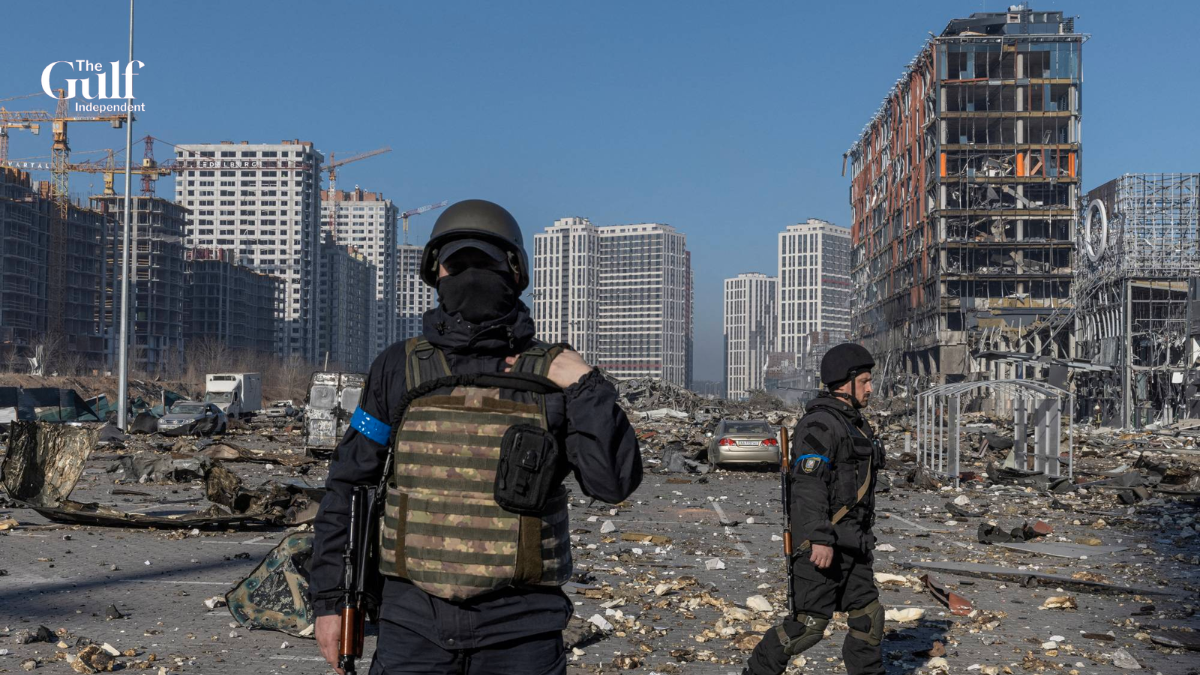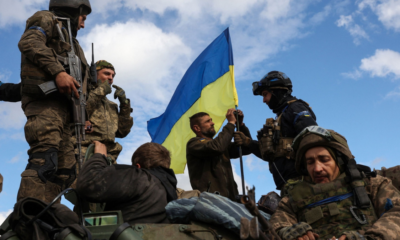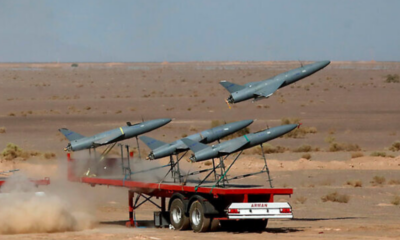With Russia’s full-scale ‘Special Military Operation’ in Ukraine continuing since February 24, 2022, a certain portion of millions of Ukrainian refugees abroad are beginning to think about settling for good in the countries they are currently in.
It could pose a challenge for the war-ravaged nation to rebuild its economy when the guns finally cease to roar.
The vast majority of displaced Ukrainians want to return one day, but only around one in ten plan to do so soon, according to the UN refugee agency UNHCR. In previous disturbances, refugees’ desire to come back home has faded over time, studies show.
Several company bosses are stressed over the likelihood that many refugees will not return and that the workforce will continue to shrink. It’s a situation that’s been troubling demographers and the government too.
Acute Shortages Seen In Industries Requiring More Training
With so many Ukrainians abroad, internally displaced or drafted into the armed forces, Farmak – one of the country’s top pharmaceutical companies – is facing a shortage of qualified lab workers and production specialists.
According to its CEO, Volodymyr Kostiuk, “We need to somehow try to return them to Ukraine, because we already see that the longer people are abroad, the less they want to return.”
While enlistment in the military is causing farms and factories to run on staff shortages, the problem is especially acute in industries requiring more education and training as educated young women are among those most likely to have left the country since the invasion.
Ukrainian Men Will Leave?
The country shouldn’t worry just about a shrinking workforce. The consequential drop in consumer demand over the long term is problematic as well.
Moreover, Ukraine’s population problem didn’t start just after the war. It’s been there for long. A high proportion of citizens are elderly and the country’s fertility rate dropped to a disturbing 0.7 from 0.9 since the conflict started, said prominent demographer Ella Libanova.
It’s quite unclear how many Ukrainians are now in Russia, Belarus and Russian-held territories. Kyiv does not release casualty figures, but recently leaked US intelligence assessments said 15,000 working-age men had sustained injuries or been killed. The numbers could, however, be higher.
“Men will leave,” said Libanova, highlighting how Ukrainian men will leave the country and join families abroad when wartime restrictions finally get lifted.
ALSO READ: Iran in trouble as four nations launch legal action over 2020 downing of Ukraine plane
Patriotism And Government’s Optimism
With Russia now occupying about a fifth of the country’s territory, the demographer estimates the population in Kyiv-controlled areas could already be as low as 28 million, far lower than a government estimate of 41 million before the war. The numbers exclude the Crimean Peninsula.
Nonetheless, the Ukrainian government is more optimistic about the number of people returning in the near future. Oleksiy Sobolev, deputy economy minister, highlighted the patriotism that surged after the invasion, telling a recent roundtable he expected up to 75% of refugees would come back home within three years of the end of the fighting.






















